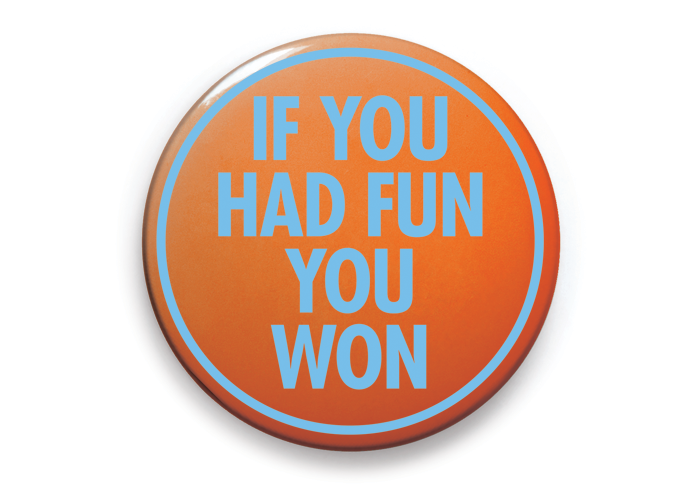It was an otherwise largely forgotten British historian who wrote the much-quoted line ‘power tends to corrupt, and absolute power corrupts absolutely’. ArtReview admits it doesn’t spend much of its time reading the works of John Acton (1st Baron Acton, 1834–1902), but it does think about power – and particularly how power shapes art and the artworld – all the time. And what is becoming increasingly clear to ArtReview is that, far from being absolute, the nature of power in that context has never been less absolute, and never more in flux, than at the current moment.
That doesn’t mean all the old bastions are crumbling or that the artworld has suddenly become a model of equality. But this has been a year in which its highest reaches – the big museums, galleries, art fairs and auction houses – have been disrupted by the noisy, lively and insistent incursions of other voices. Those institutions have been asked to provide a convincing answer to the question of who art is for – who it represents and who it speaks for – and not all have found one. This has been a year in which protesters – rising up against all manner of injustices and iniquities – came to the gates of those institutions and succeeded in wresting changes from them; a year in which the power of money – particularly the money of those who support the artworld’s biggest players – has been put under the spotlight. Some institutions are now refusing the millions they once comfortably took from rich philanthropists, while board members have resigned their positions at major museums as protesters have drawn attention to the means by which their fortunes were amassed. These unprecedented developments point to a growing sense among many who comprise art’s ever-expanding audience that the artworld – which is always telling everybody how good art is – should, at the very least, think about the sources from which its benefactors derive their wealth.
Protesting the ethics of philanthropy is, of course, only a small aspect of a wider sense that what used to be taken for granted may no longer hold. But if anything characterises the Power 100 in 2019, it is that the exercise of power and influence has never been more uncertain and provisional.
Power still appears, in this year’s list, most concentrated in the hands of those we might expect to wield it – in the hands of the Western, mostly white (though not necessarily male) directors of the most powerful commercial galleries and public institutions. To deny as much would be refusing to address the embedded structural biases that reproduce such imbalances in other fields. But to focus solely on this would be to neglect how the debates transforming the global dialogue about art produce a dynamic situation that these institutions now feel obliged to respond to. It is due to art’s peculiar combination of exclusivity and visibility – attributable in part to digital culture’s transmission and circulation of information – that artists can assert their vision on all manner of issues, from the future of the environment, to the politics of race and gender, to the corrupting power of network culture itself. That they often do this by sidestepping the traditional gatekeepers of visibility and influence accounts for their high position on the list. When photographer Nan Goldin can exert influence by withholding her work from exhibition, or when Banksy can play the art market by setting one of his works to selfdestruct at auction (though it didn’t, quite – or did it?) as an anarchic satire of the art market’s excesses, the sense that art is provoking, creatively and disruptively, the question of its own value becomes acutely evident.
That disruptive energy is also challenging the dominant discourses in art, not just the dominant institutions, and a determination to change the narrative characterises some of the highest new entries on this year’s list. As an increasingly connected and internationalised art system comes to reflect on global inequalities of power (since globalisation hasn’t necessarily brought equalisation), the issue of redressing those imbalances has become more critical. The short name for this is ‘decolonisation’. Which is why, for example, the authors of a major report on the restitution and repatriation of artefacts from French museums feature so highly. It’s why the director of the Museum of Modern Art in New York is so eager to position the rehang of the world’s most powerful modern art institution as an acknowledgement that the history of art is more global and less linear than previously accounted. And why – a mere 15 years after a group of (mostly Western) artists declared that ‘the next Documenta should be curated by an artist’ – the next Documenta exhibition will be curated by artists: the Indonesian art collective ruangrupa.
